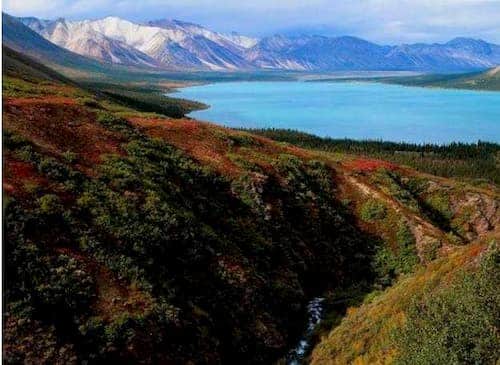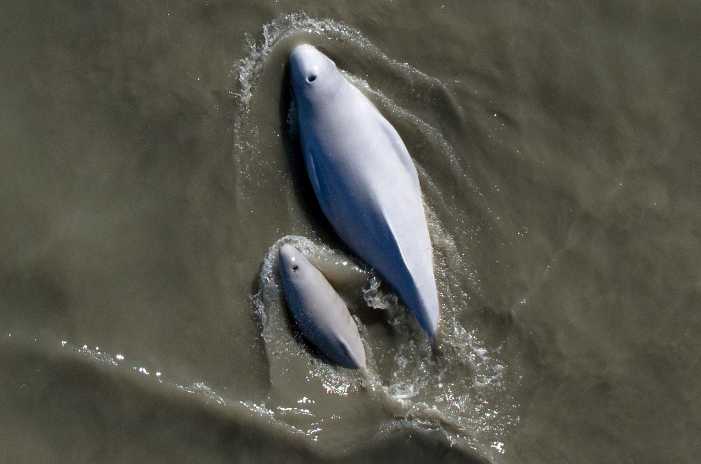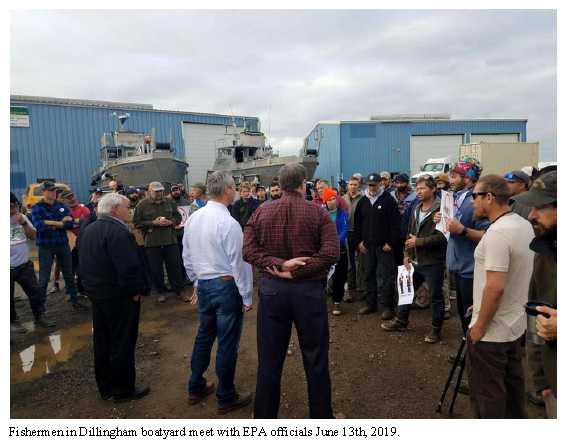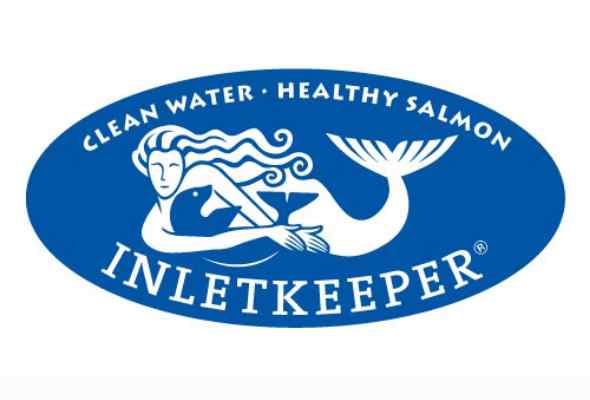Army Corps DEIS fails to consider impacts to bears and burgeoning industry
Homer, Alaska – A new study by University of Alaska Fairbanks researchers highlights the strong and growing economic value of bear viewing on the west side of Cook Inlet, where the Pebble Partnership hopes to build a major transportation corridor and industrial export facility. Significantly, the Army Corps of Engineers failed to consider the jobs and economic impacts of bear viewing in its draft Environmental Impact Statement (DEIS) for the proposed Pebble Mine.
“Bear viewing businesses play a vital economic role from Homer to Anchorage and beyond,” said Dave Bachrach, a longtime bear viewing guide and owner of the bear viewing business AK Adventures, Inc., based in Homer. “I was pretty surprised and disappointed when the Army Corps completely ignored the economic impacts from bear viewing businesses in the Pebble DEIS.”
The UAF Study, entitled “The Economic Contribution of Bear Viewing to Southcentral Alaska,” surveyed bear-viewing businesses and reviewed existing state and federal data, to find:
-
Bear viewing related service providers (air/boat taxis, guides, lodging) reported $34.5 million in sales in 2017;
-
Bear viewing service providers paid approximately $10 million in direct wages and benefits, and hired 371 employees in 2017.
-
Direct spending by service providers and households contributes approximately $19 million in value added to the regional economy.
-
Direct purchases by bear viewing service providers and their households support approximately $36.3 million in economic production in the region.
Bear viewing spending by service providers and households supports approximately $17.3 million in labor income in the region, including $10 million in direct wages and benefits;
-
Spending by bear viewing service providers and households supports 490 sustainable jobs in the region, including 371 reported direct hires.
[content id=”79272″]
“The bears of the Alaska Peninsula and Cook Inlet are an integral part of both the Alaskan identity and economy,” said Drew Hamilton, a bear viewing guide and president of Friends of McNeil River, a nonprofit organization working to protect the McNeil River Bear State Game Sanctuary and Refuge. “Pebble’s development plan is an affront to those of us who cherish unique places like McNeil River and make our living taking visitors to see bears in the wilds of Alaska.”
The west side of Cook Inlet boasts the largest concentration of brown bears in the world. Not surprisingly, bear viewing tourism is booming throughout Bristol Bay and Cook Inlet. For example, bear viewing has now surpassed sport fishing visitation at Lake Clark National Park & Preserve, which sees 17,000 visitors a year. Visitation at Lake Clark has quadrupled in the past decade, in no small part thanks to increased bear viewing. Similarly, Katmai National Park sees 30,000 visitors a year, with 79% of that visitation for bear viewing. And the state-managed McNeil River Game Sanctuary generates nearly $100,000 annually from visitor permit fees alone.
According to the new report, 74% of bear-viewing business expenditures stay within Southcentral Alaska. Thanks to a cascading effect, bear viewing supports lodges, hotels, restaurants, air and boat taxis, guides and outfitters, grocery stores and many more businesses.
“My family has been operating a sport fishing and adventure travel business on the banks of the Kenai River for over 30 years,” said Kent John, owner of Great Alaska Adventure Lodge. “Our bear viewing camp in Chinitna Bay, and bear viewing in general, is the single most important growth component of our business, and has offset the sport fishing challenges we’ve all faced. Bear viewing is critical to the survival of our company and our 60 employees.”
Despite the increasing economic benefits of bear viewing, the Pebble Mine’s proposed transportation corridor and industrial export terminal in Kamishak Bay in southwest Cook Inlet puts brown bears and the burgeoning bear viewing economy at risk. These developments will displace denning habitat, change bear movements, increase defense of life & property killings and prompt a variety of additional impacts. Yet the Pebble DEIS does not analyze the extent, magnitude, and scope of these impacts.








